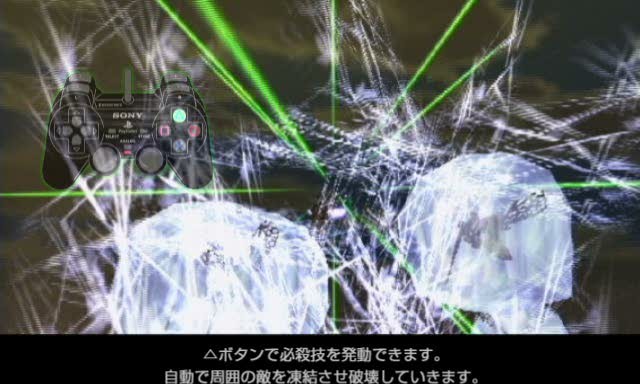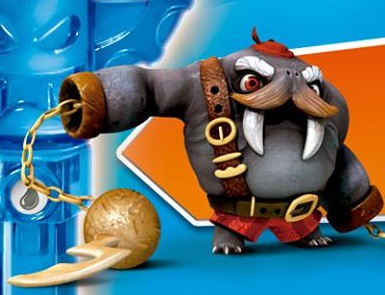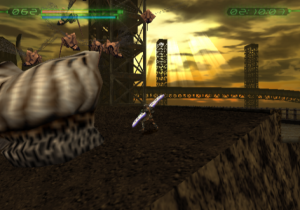

If the chain moves at constant speed, then the shafts must accelerate and decelerate constantly. In other words, conventional roller chain drives suffer the potential for vibration, as the effective radius of action in a chain and sprocket combination constantly changes during revolution ("Chordal action" ). This rising and falling of the pitch line is what causes chordal effect or speed variation.

Because of the fixed pitch length, the pitch line of the link cuts across the chord between two pitch points on the sprocket, remaining in this position relative to the sprocket until the link exits the sprocket. As the sprocket rotates, the chain is raised up to the pitch circle and is then dropped down again as sprocket rotation continues. This contact occurs at a point below the pitch circle of the sprocket. It starts as soon as the pitch line of the chain contacts the first tooth of the sprocket. One problem with roller chains is the variation in speed, or surging, caused by the acceleration and deceleration of the chain as it goes around the sprocket link by link. Theoretically, this can lead to a greater flywheel effect, however in practice the belt or chain inertia often makes up a small proportion of the overall drivetrain inertia. If the drive chain is heavier than an equivalent drive belt, the system will have a higher inertia. This results in lower frictional losses than belt drive systems, which often rely on friction to transfer motion.Īlthough chains can be made stronger than belts, their greater mass increases drive train inertia.ĭrive chains are most often made of metal, while belts are often rubber, plastic, urethane, or other substances. Most chain drive systems use teeth to transfer motion between the chain and the rollers. The chain drive itself converted rotary to reclinear motion and was given power via the hydraulic works of Su's water clock tank and waterwheel, the latter which acted as a large gear.

The first continuous as well as the first endless chain drive was originally depicted in the written horological treatise of the Song Dynasty by the medieval Chinese polymath mathematician and astronomer Su Song (1020-1101 AD), who used it to operate the armillary sphere of his astronomical clock tower, which is the first astronomical clock, as well as the clock jack figurines presenting the time of day by mechanically banging gongs and drums. Although the device did not transmit power continuously since the chains "did not transmit power from shaft to shaft, and hence they were not in the direct line of ancestry of the chain-drive proper", the Greek design marks the beginning of the history of the chain drive since "no earlier instance of such a cam is known, and none as complex is known until the 16th century." It is here that the flat-link chain, often attributed to Leonardo da Vinci, actually made its first appearance." Two flat-linked chains were connected to a windlass, which by winding back and forth would automatically fire the machine's arrows until its magazine was empty. The oldest known application of a chain drive appears in the Polybolos, described by the Greek engineer Philon of Byzantium (3rd century BC). Sketch of pin-jointed chain by Leonardo da Vinci Duplex chains are another type of chain which are essentially two chains joined side by side which allow for more power and torque to be transmitted. For example, when the bicycle pedals' gear rotate once, it causes the gear that drives the wheels to rotate more than one revolution. By varying the diameter of the input and output gears with respect to each other, the gear ratio can be altered. Though drive chains are often simple oval loops, they can also go around corners by placing more than two gears along the chain gears that do not put power into the system or transmit it out are generally known as idler-wheels. In other situations, a second gear is placed and the power is recovered by attaching shafts or hubs to this gear. Sometimes the power is output by simply rotating the chain, which can be used to lift or drag objects. Another type of drive chain is the Morse chain, invented by the Morse Chain Company of Ithaca, New York, United States. The gear is turned, and this pulls the chain putting mechanical force into the system. Most often, the power is conveyed by a roller chain, known as the drive chain or transmission chain, passing over a sprocket gear, with the teeth of the gear meshing with the holes in the links of the chain. It is also used in a wide variety of machines besides vehicles. It is often used to convey power to the wheels of a vehicle, particularly bicycles and motorcycles. Chain drive is a way of transmitting mechanical power from one place to another.


 0 kommentar(er)
0 kommentar(er)
